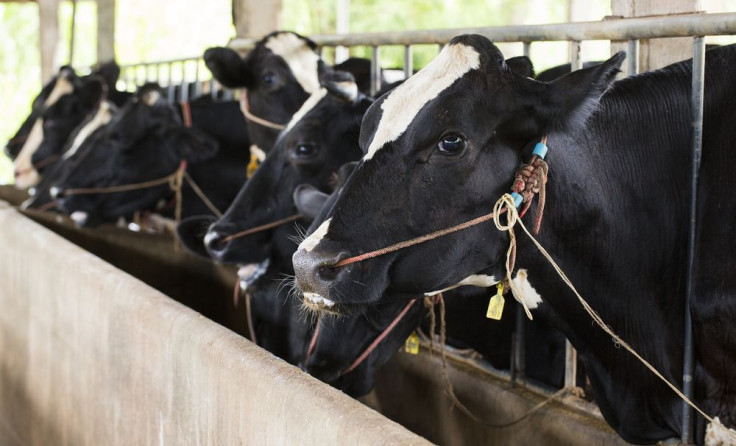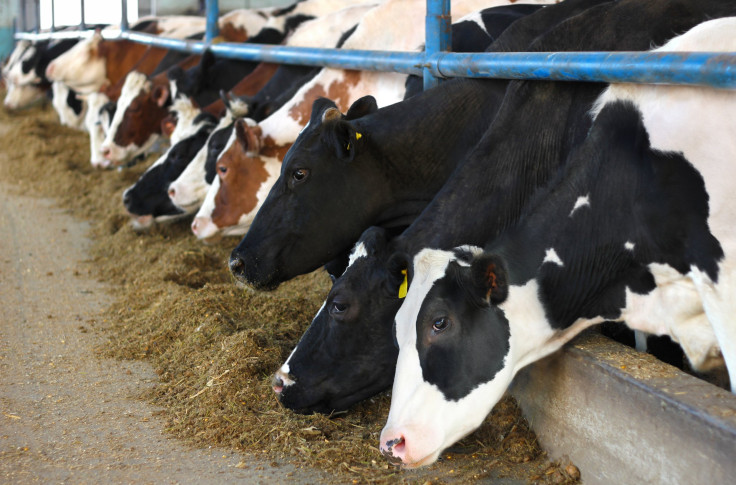How Cows’ Sexed Semen Could Help Cattle Industry Flourish

Let’s face it. Dairy farmers would rather have more heifers than bulls. Bulls are good for only one thing (sex) and are a lot expensive to feed and maintain. It’s the heifers that bring in all the money by producing gallons and gallons of milk.
But how do farmers ensure more heifer calves are born than bull calves? Science has the answer and it’s called “sexed semen.”
Sexed semen’s been around since the early 2000s when American scientists learned how to sort sperm for artificial insemination. Scientists found that by only using X-chromosome sperm, they can all but ensure a heifer (or any female animal for that matter) carrying two X chromosomes, instead of one X and one Y, will be born.
So basically, sexed semen is semen having X or Y bearing sperm that can produce progenies of a desired sex -- either female or male. Using sexed sperm yields 90 percnt to 90 percent accuracy in determining animal gender.
Sex sorting technology was developed by U.S. Department of Agriculture (USDA) researchers in Beltsville, Maryland and Livermore, California. It was later patented as “Beltsville Sperm sexing technology.”
Commercialization of sexed semen started in U.S. in 2001 when a license was granted to Sexing Technologies (ST) in Texas. This company (now called ST Genetics) today commercially exports sex sorted semen to Europe, Canada, Mexico, Brazil, China, and Japan among many other countries.
The downsides to sexed semen is that it’s a lot expensive and it also leads to a lower conception rate, which is 10 percent to 15 percent lower than conventional semen. It also results in fewer overall births. Despite these disadvantages, sexed semen remains the preferred route to conception among commercial dairy farmers worldwide.
Dairy farmers reason that if you only need female cows to be milked, it’s both economical and ethical to avoid birthing males.
Several companies such as ST Genetics, Trans Ova Genetics, and ABS Global claim their sexed semen conception rates are just as good as semen that hasn’t been tampered with, which is astounding. They hope to drive even more adoption of the technique with the higher conception rates.
Back in 2016, ST Genetics claimed it was able to get 4 million X-chromosome sperm into an artificial insemination straw. A straw with conventional semen carries about 20 million sperm. This total includes Y-chromosome sperm, dead sperm, and sperm with defects (think two tails instead of one).
In contrast, sexed semen straws initially only contained about 2 million X-chromosome sperm -- but only the strongest ones. That’s why their conception rate was initially much lower.

Scientists then figured out a way to include 4 million high-quality, X-chromosome sperm in individual straws. That’s double what was used in a recent Japanese study that determined normal bull semen is still the most reliable way to trigger conception.
This represented a 59.9 percent success rate to the high-tech sexed semen’s 47.3 percent success rate.
Scientists said next wave of innovation will be to expand sexed sperm to more species. ST Genetics plans to offer sexed swine semen next.
Published by Medicaldaily.com



























